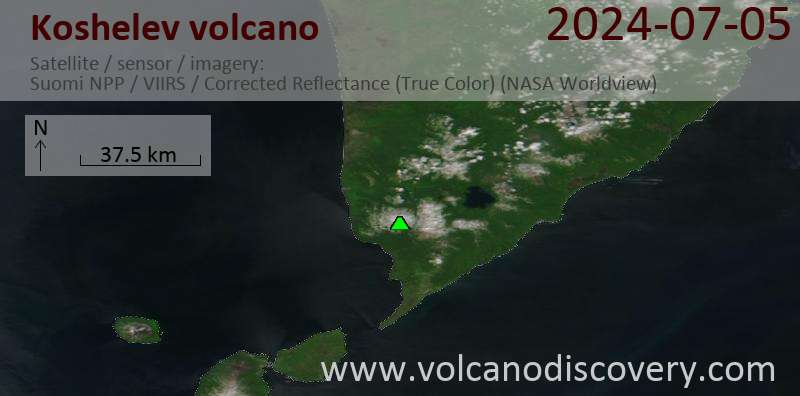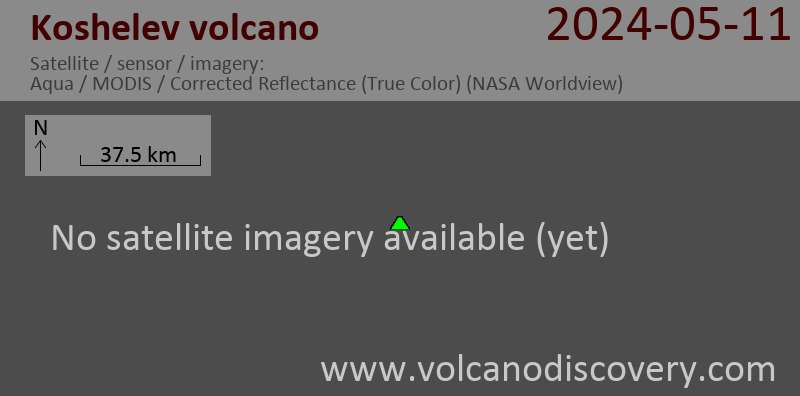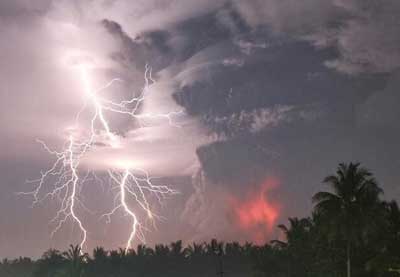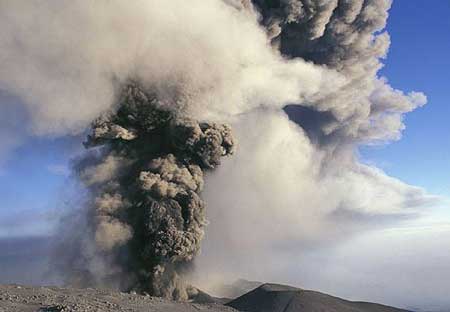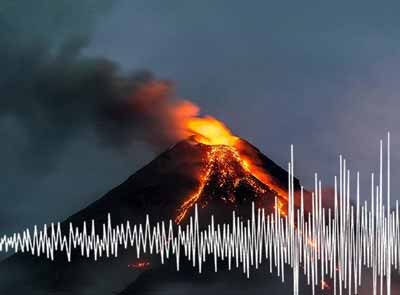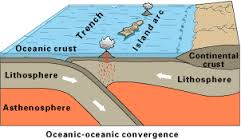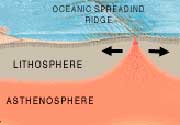Kos Volcano
Updated: 17 mai 2024 00:16 GMT -
Caldera(s) 430 m / 1411 ft
Aegean Sea, Greece, 36.85°N / 27.25°E
Condition actuelle: (probablement) éteint (0 sur 5)
Aegean Sea, Greece, 36.85°N / 27.25°E
Condition actuelle: (probablement) éteint (0 sur 5)
[smaller] [larger]
Eruptions du volcan Kos: None during the past 10,000 years
Less than 2.58 million years ago (Pleistocene)
Derniers séismes proches
| Heure | Mag. / Profondeur | Distance / Lieu | |||
| 17 mai 01:09 (Istanbul) | 2.0 9 km | Info | |||
| 17 mai 00:52 (Istanbul) | 3.0 8.7 km | 14 km au nord-est | Info | ||
| lundi, 13 mai 2024 GMT (1 séisme) | |||||
| 14 mai 02:13 (Athens) | 1.7 8.1 km | Info | |||
| dimanche, 12 mai 2024 GMT (1 séisme) | |||||
| 12 mai 09:04 (Istanbul) | 2.2 1.1 km | 10.6 km au nord | Info | ||
| dimanche, 5 mai 2024 GMT (1 séisme) | |||||
| 5 mai 19:39 (Istanbul) | 1.9 7 km | Info | |||
| vendredi, 3 mai 2024 GMT (1 séisme) | |||||
| 4 mai 02:39 (Athens) | 2.3 15 km | 22 km au nord-ouest | Info | ||
Introduction
The island of Kos is dominantly non-volcanic but contains Miocene to Pleistocene volcanic centers. The Kamari caldera is of mid-Pleistocene age and contains the 1.0-0.55 million-year-old, post-caldera Zini lava dome. The formation of a large caldera deposited the widespread Kos Plateau Tuff (erupted about 160,000 years ago), which blankets much of the western half of Kos and originated from a stratovolcano between Kos and Nisyros islands. The caldera dimensions are uncertain, but may extend as much as 20 km from Kefalos Bay in SW Kos Island to Nisyros Island. Remnants of the pre-eruption stratovolcano are preserved on the islets of Pachia and Pyrgousa and as submarine volcanic rocks on Nisyros. Kos was included in the Catalog of Active Volcanoes of the World (Georgalas, 1962) based on its geothermal activity. Several solfatara fields are present, including Vromotopos at Kefalos Isthmus on the western side of the island and a group of thermal areas at the eastern side of Kos. Thermal activity consists of weak hydrogen sulfide emission, sulfur deposits, and two hot springs along the southeastern coast.---
Smithsonian / GVP volcano information
Kos Volcano Photos
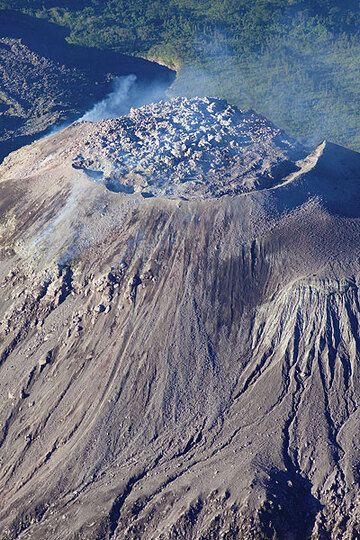
Le dôme de lave Caliente de Santiaguito est constitué de lave visqueuse, principalement solidifiée, bouchant l'évent circulaire. (Photo: Tom Pfeiffer)
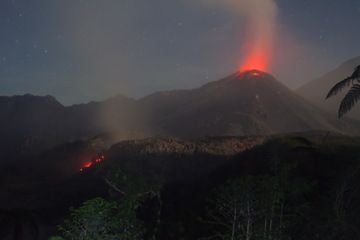
Le Dôme de lave incandescent du Santiaguito et une coulée de blocs incandescents de lave visqueuse vue depuis le sud - Guatemala (Photo: Yashmin Chebli)
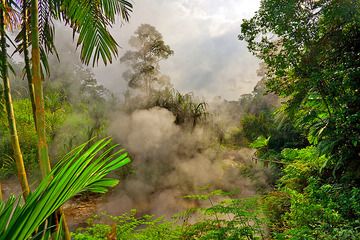
Forêt tropicale et vapeur des mares de boue bouillante de la zone hydrothermale de Cipanas. (Photo: Tobias Schorr)
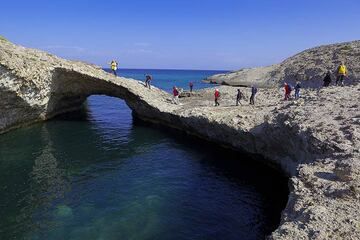
Pont naturel formé par l'érosion marine dans le dépôt de cendres blanches et de pierre ponce près de Papafrakos. Un bon endroit pour une photo de groupe... (Photo: Tom Pf...





